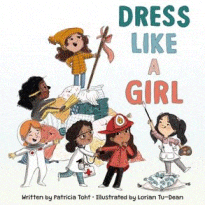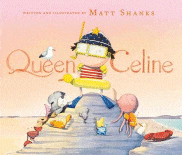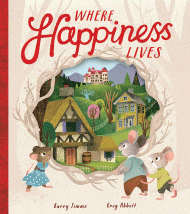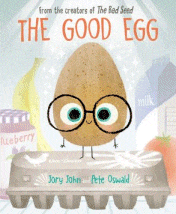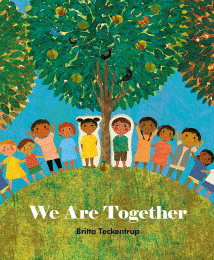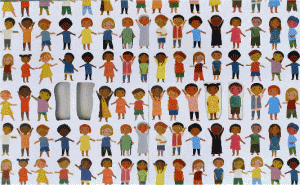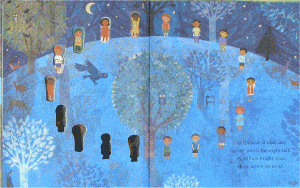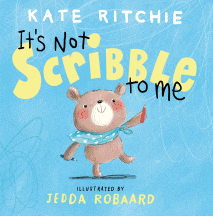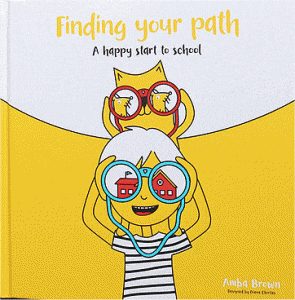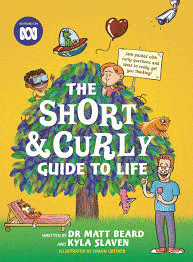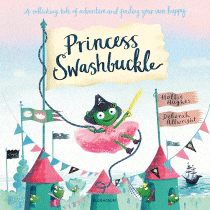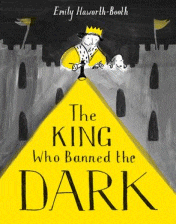
The King Who Banned The Dark
The King Who Banned The Dark
Emily Haworth-Booth
Pavilion, 2018
32pp., pbk., RRP $A14.99
9781843653974
As a small boy, the prince was afraid of the dark and so be vowed that when he became king he would banish the dark. And, despite the people’s protests, that’s what he did. Employing a popular political tactic of spreading disinformation so that the people thought the dark was a bad thing and demanded it be banned, he “succumbed” to their wishes and the ban was put in place. He had a huge artificial sun hung above the palace so that the night was as light as the day, and light inspectors were employed to report and punish anyone who turned lights off in their houses.
At first the people thought it was a great idea and celebrated the light, but then their opinions began to change…
As well as being an engaging read for young readers that could have them investigating night and day and how life needs the dark to continue its cycle, it could offer them an opportunity to talk about their nighttime fears, perhaps discovering that they are not alone with them and finding some strategies to deal with them. Would the prince have been better to find another way to ward off his fear of the dark? What sorts of things could he do?
It could also provoke a lot of discussion with older students about current political practices, acting in haste on a tide of popular opinion and the collective power we, in democracies, have to make change. There could also be philosophical discussions about how we need dark to appreciate the light, rain to appreciate rainbows and so forth, focusing on the need for ups and downs in our lives and that like the night, the downs will pass and the ups will come again and we will value them all the more.
The predominantly yellow, black and white colour palette is perfect for spotlighting the messages of the story, whether literal or figurative, and given the depth of the story, one that spans many age groups.
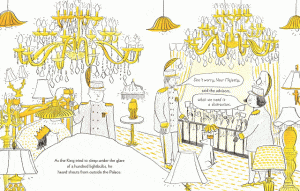
A peek inside…
